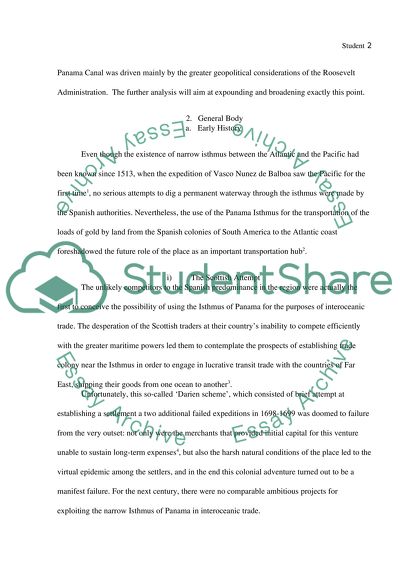Cite this document
(“History of the Panama Canal and its long-range consequences of Research Paper”, n.d.)
Retrieved from https://studentshare.org/family-consumer-science/1412794-history-of-the-panama-canal-and-its-long-range
Retrieved from https://studentshare.org/family-consumer-science/1412794-history-of-the-panama-canal-and-its-long-range
(History of the Panama Canal and Its Long-Range Consequences of Research Paper)
https://studentshare.org/family-consumer-science/1412794-history-of-the-panama-canal-and-its-long-range.
https://studentshare.org/family-consumer-science/1412794-history-of-the-panama-canal-and-its-long-range.
“History of the Panama Canal and Its Long-Range Consequences of Research Paper”, n.d. https://studentshare.org/family-consumer-science/1412794-history-of-the-panama-canal-and-its-long-range.


